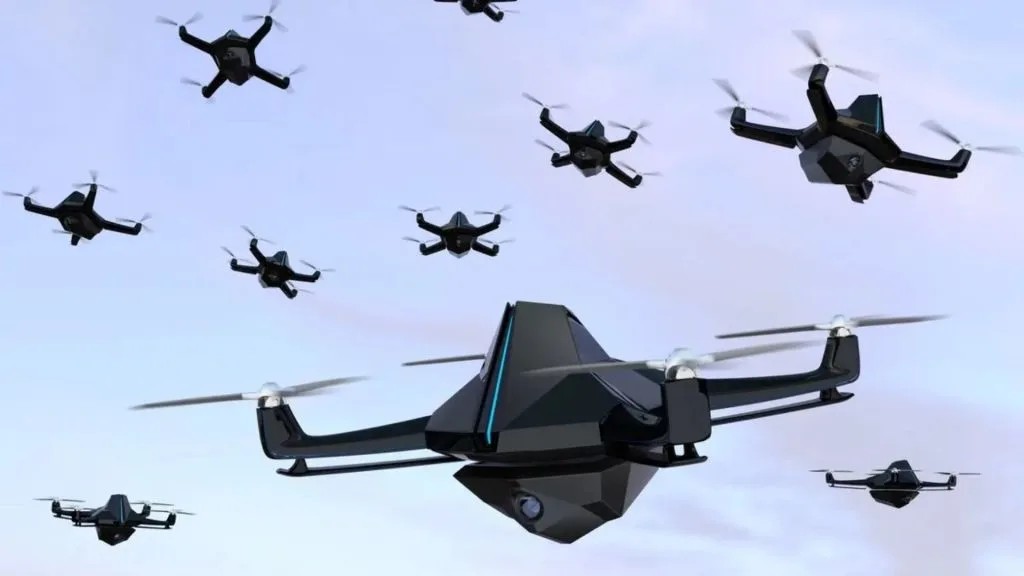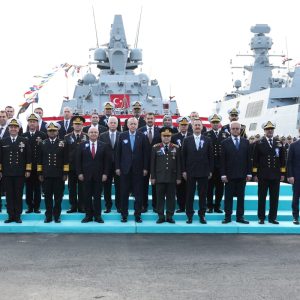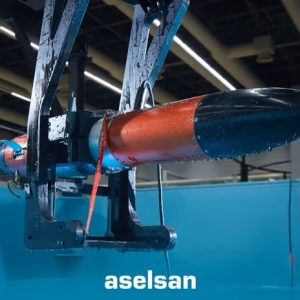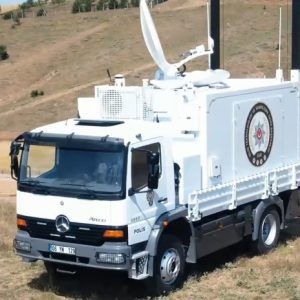Durham University has unveiled T‑STAR drone swarm technology that promises faster, safer, and more coordinated multi‑UAV operations in complex environments. The research team says T‑STAR enables swarms to update trajectories in real time, avoid collisions without breaking formation, and keep mission tempo high even in obstacle‑rich airspace.[1]
At its core, T‑STAR—short for Time‑Optimal Swarm Trajectory Planning—integrates predictive planning with decentralized, on‑the‑fly coordination. Instead of slowing down in cluttered corridors, the T‑STAR drone swarm computes time‑optimal paths for each vehicle and continuously adjusts them as teammates and obstacles move. Early lab and simulation trials show smoother trajectories, higher average speeds, and fewer re‑plans than conventional flocking or leader–follower methods.[1][3]
What T‑STAR changes in swarm control
Traditional multi‑UAV stacks fall back on conservative speed limits or rigid formations when the airspace gets dense. That choice trades survivability for time—acceptable in training, costly in live operations. The T‑STAR drone swarm tries to dissolve that trade‑off. Each drone keeps its own autonomy but shares intent with the swarm, allowing the group to flow around constraints like a school of fish. If a pop‑up obstacle appears—terrain, traffic, or debris—T‑STAR recalculates trajectories in milliseconds and preserves formation without halting the mission.[1][4]
“T‑STAR allows autonomous aerial vehicles to operate as a truly intelligent swarm, combining speed, safety, and coordination in ways that were previously impossible.”
Dr Junyan Hu, Durham University[2]
That real‑time elasticity matters when every second counts. In contested logistics or ISR windows that close quickly, cutting seconds off path convergence can decide whether a strike package arrives synchronized, a sensor web gets on‑station in time, or a resupply drop reaches the only survivable landing zone. The T‑STAR drone swarm is designed to hold coherence under pressure rather than defaulting to a crawl.
How it works: time‑optimal planning plus local negotiation
T‑STAR’s technical backbone is predictive trajectory generation coupled with a fast collision‑avoidance layer. Using a time‑optimal objective, each vehicle computes a feasible path that respects its dynamics (acceleration limits, turn rates) and known constraints. A decentralized negotiation step then reconciles neighbors’ plans so paths remain deconflicted as the scene evolves. The result is a T‑STAR drone swarm that behaves like a cohesive formation without a single point of failure.[3]
Compared with leader–follower or lattice approaches, this method reduces propagation delays when the formation must re‑shape. Think of it as shifting from marching in a rigid parade to moving like a flock: the swarm keeps the overall shape and mission intent, yet individuals are free to make micro‑adjustments that improve global safety and time‑to‑target.
Key facts
• Concept: Time‑Optimal Swarm Trajectory Planning aligns individual flight paths with mission time objectives while guaranteeing collision avoidance.[3]
• Performance claim: Faster, smoother trajectories in cluttered environments; formation integrity maintained under pop‑up obstacles.[1][2]
• Maturation: Validated in lab and simulation; outdoor trials are next to prepare for operational deployment.[1]
• Lead researcher: Dr Junyan Hu, Durham University; peer‑reviewed outputs listed on the University staff page.[5]
Operational implications for defence and civil missions
Emergency response. In wildfire or earthquake scenarios, a T‑STAR drone swarm could sweep sectors faster, stitch sensor data with fewer blind spots, and allocate payload‑carrying drones to last‑meter delivery while scouts continue mapping. The faster the swarm re‑plans around smoke columns, collapsed structures, or aerial traffic, the more useful the data and the more survivable the mission set.
Defence ISR and force protection. For expeditionary bases and naval task groups, the technology could support persistent perimeter surveillance and pop‑up threat screening. Rapid deconfliction enables mixed payloads—EO/IR, EW decoys, RF triangulation—to remain on‑station with fewer gaps. In swarming strike or SEAD concepts, the same mechanism improves route diversity and arrival synchronization.
Critical infrastructure and logistics. Pipeline, rail, and power‑grid monitoring benefit from swarms that can maintain inspection cadence across bridges, towers, and urban canyons. For last‑mile logistics, a T‑STAR drone swarm can thread through dynamic air corridors without stacking delays at chokepoints.
Importantly, T‑STAR is a control‑stack improvement rather than a hard dependency on a specific airframe. That lets integrators pilot the approach on small quads in test ranges, then migrate it to larger Group 2/3 platforms as regulators and mission owners gain confidence. The T‑STAR drone swarm architecture aims to remain platform‑agnostic while exploiting better compute and comms where available.
Limits, risks, and what to watch next
Three constraints will shape real‑world adoption. First, communications: decentralized planning still relies on timely state exchange. In RF‑contested airspace, swarms need robust, latency‑aware links and fallbacks (opportunistic mesh, UWB, optical). Second, compute at the edge: time‑optimal updates are only as fast as onboard processors and the real‑time OS. Third, assurance: defence users will ask for formal safety cases, failure envelopes, and flight‑test evidence across weather, GPS‑denied conditions, and mixed‑airspace traffic.
The research team is moving from lab/sim to outdoor trials. Those tests should clarify scale limits (how many vehicles), degradation modes under packet loss, and the extent to which the T‑STAR drone swarm can coordinate mixed‑capability fleets. Results will inform certification pathways and how quickly the approach can migrate from research platforms to fielded systems.[1][2]
For a broader market view of autonomy and AI in uncrewed aviation, see our related analysis on AI in the drone industry.
Methodology and sources
This article prioritizes primary, verifiable materials: the Durham University media release and departmental notice outlining T‑STAR’s design and trial status; a peer‑reviewed paper detailing the time‑optimal trajectory planning approach; and neutral science/tech outlets summarizing the study. Statements on performance and maturation are drawn directly from those materials.
Further Reading
- NATO Emerging and Disruptive Technologies hub: autonomy and AI lines of effort (external resource).
- Defense News: recent coverage of autonomous swarming experimentation across NATO air arms (external resource).
- Defence Agenda archive: concepts and practice of swarming in contested airspace (internal resource).
Internal link: AI in the drone industry.
External links (trusted): see References [1]–[5] below.
References
- Durham University Newsroom — “Scientists develop breakthrough drone swarm system,” 4 Sep 2025. Link.
- SpaceWar / SpaceDaily coverage — “Drone swarm breakthrough promises safer and faster aerial missions,” 7 Sep 2025. Link.
- Pan, H., Zahmatkesh, M., Rekabi‑Bana, F., Arvin, F., & Hu, J., “T‑STAR: Time‑Optimal Swarm Trajectory Planning for Quadrotor Unmanned Aerial Vehicles,” IEEE Transactions on Intelligent Transportation Systems, 2025. DOI: 10.1109/TITS.2025.3557783.
- TechXplore — “Drone swarms achieve unprecedented speed and coordination with new real‑time system,” 4 Sep 2025. Link.
- Durham University — Dr Junyan Hu staff profile and publications listing. Link.











